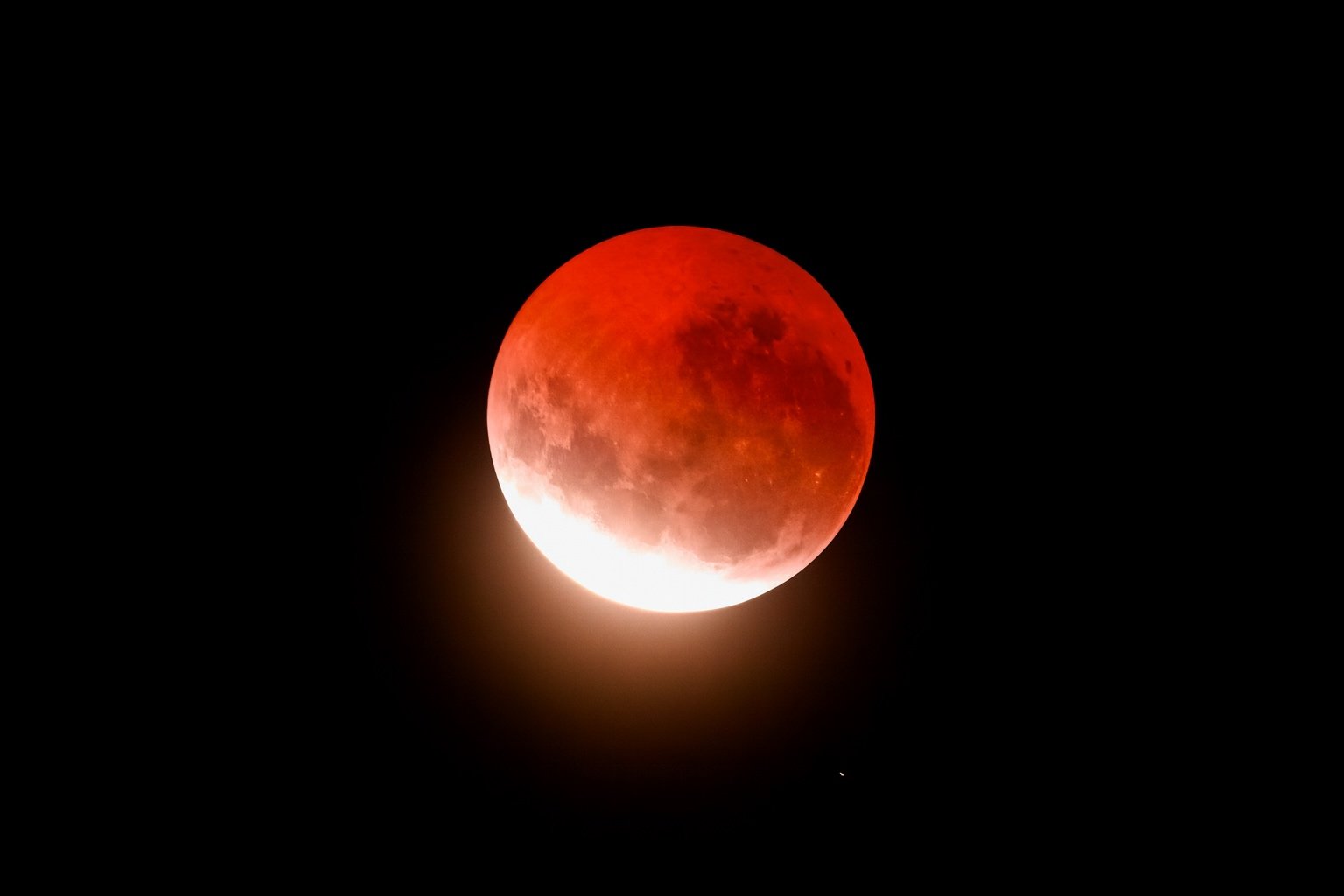On the night of September 7–8, 2025, the moon will transform into a glowing copper-red as the second total lunar eclipse of the year takes place. Known as a blood moon, this spectacular event occurs when Earth’s shadow completely covers the moon, giving it a dramatic reddish hue. For billions of people around the world, it will be a breathtaking sight to remember.
What Is a Total Lunar Eclipse?
A lunar eclipse happens when the Earth moves directly between the sun and the full moon, casting its shadow across the moon’s surface. When this alignment is perfect, the moon enters what is called totality, and instead of disappearing, it turns a deep shade of red. The intensity of the color often depends on the amount of dust, clouds, or pollution in Earth’s atmosphere at the time.
Unlike a solar eclipse, which requires protective eyewear, a lunar eclipse is completely safe to watch with the naked eye. Many people call it a blood moon because of the glowing red color that lights up the night sky.
When Will the Eclipse Happen?
The total lunar eclipse will begin on September 7, 2025, and continue into the early hours of September 8, depending on your location. Its penumbral phase will start at 11:28 a.m. ET, followed by the umbral phase at 12:27 p.m. ET. The eclipse will reach its peak at 2:12 p.m. ET before concluding at 2:25 p.m. ET.
According to NASA, the totality phase, when Earth’s shadow fully covers the moon, will last about one hour and twenty-two minutes. From start to finish, the entire event will take nearly three hours and thirty minutes, making it a long and mesmerizing show in the sky.
Where Will the Eclipse Be Visible?
This celestial event will be visible to an estimated 5.8 billion people, which represents about 71 percent of the world’s population. Those living in Africa, Europe, Asia, Australia, and Antarctica will have front-row seats to this blood moon. It will also be visible across the Indian Ocean, the Pacific Ocean, and parts of the eastern Atlantic Ocean.
Unfortunately, the United States will miss out on this particular eclipse. However, North American skywatchers can look forward to the next opportunity in 2026.
How to Watch the Eclipse
One of the best things about a lunar eclipse is how easy it is to enjoy. If you are in the path of visibility, all you need to do is look up at the night sky. Unlike solar eclipses, there is no need for protective glasses or special equipment.
Of course, binoculars or a telescope can enhance the view and bring out details on the moon’s surface, but they are not required. For the clearest experience, it is best to watch from a location far from city lights, where the sky is darker and the moon appears brighter.
When Is the Next Total Lunar Eclipse?
If you are unable to see this eclipse, another opportunity is coming soon. On March 2–3, 2026, a total lunar eclipse will once again turn the moon red, and this time it will be visible across more regions, including North America. It will also mark the third in a rare series of three total lunar eclipses occurring within one lunar year.
In addition, September’s eclipse will be followed by a partial solar eclipse on September 21, 2025, giving skywatchers another reason to keep their eyes on the heavens.
The total lunar eclipse of September 7–8, 2025 promises to be one of the most captivating astronomical events of the year. Visible to billions across Africa, Asia, Europe, and beyond, the blood moon will bathe the night sky in a copper-red glow, reminding us of the beauty and wonder of the cosmos.
All you need is a clear sky, a sense of curiosity, and a few minutes to look up. So mark your calendar, step outside, and enjoy the magic of the blood moon.
